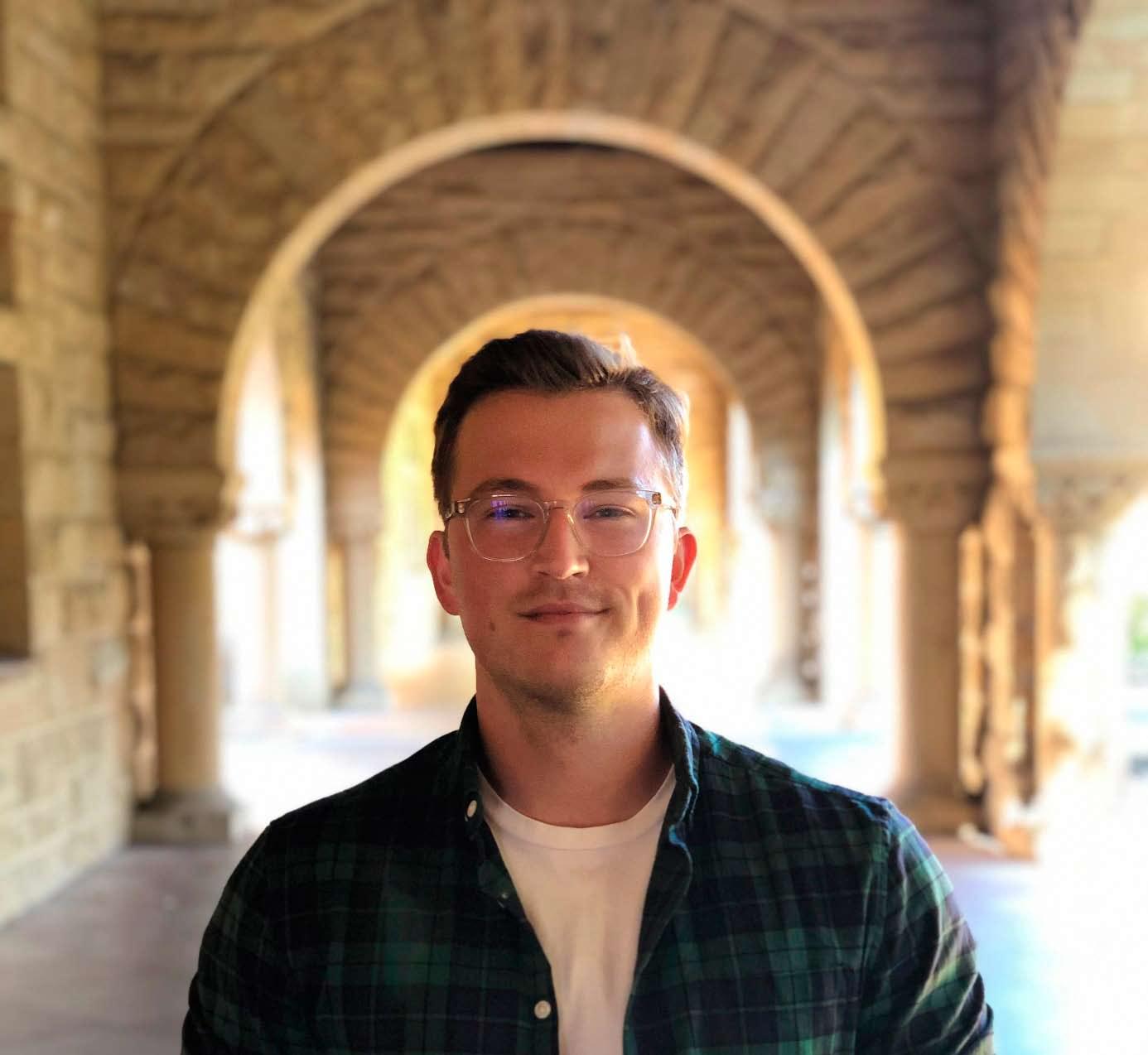
3 minute read
3 learnings From Stanford
from OSOZ World
by OSOZ Polska
Marius Mainz spent six months as a visiting student researcher at Stanford’s Medicine Center for Digital Health. He shares with us three key takeaways.
From April to September 2019, I spent 6 months as a visiting student researcher at Stanford’s Medicine Center for Digital Health. Stanford offers a fascinating environment of knowledge and innovation, allowing faculty, students, and researchers to provoke and disrupt the status quo in all areas. To support its vision of interpreting and enhancing the transformation of the human experience in a rapidly changing world, Stanford is permanently changing and adapting to do so. Examples for 2019 are the opening of the new $2.1 billion state-of-the-art hospital or the launch of the Institute for HumanCentered Artificial Intelligence.
Advertisement
The Center for Digital Health is part of that transformation as well and wants to advance digital health through collaboration and exploration. During my stay, I got exposed to so many great experiences, people, and trends that I would like to share the three most important things I’ve learned with you!
MINDSET: Every challenge is an opportunity to level up
The university provides an infrastructure to thrive, to test ideas, and to engage with opportunities. People at Stanford look at problems differently. Instead of thinking, “This does not work! “one is asking: “How can we make it work? “. Complaining will not change the situation for the better; it requires your active participation.
Innovation is at the core of almost everything at Stanford. The power to transform demands that you be part of the change. Your ability to change, evolve, unlearn, and learn anew ist the critical principle for turning problems into solutions. So if you want to change and affect change, it is your gentle pressure relentlessly applied over time.
This mindset melted together with the diversity of cultures, experiences, and skills in Silicon Valley, makes Stanford a unique and special place like no other.
Move fast WITHOUT breaking things
Some months ago, the Center for Digital Health moved into the office building in which Theranos was once located.
The formerly beloved biotech unicorn and its spectacular downfall hold a mirror up to Silicon Valley’s “fake it till you make it”attitude. The scandal forced everyone to understand that hype and ambition should not stand over the actual product and not over someone’s health and life.
“Move fast and break things “does not work for healthcare. But the Center for Digital Health and other Stanford’s groups successfully proved that it is possible to move fast without breaking things! When Apple partnered with Stanford University on the Apple Heart Study, the whole infrastructure had to be set up for this massive, unprecedented virtual study in a short amount of time. Stanford managed to enrol 419.297 participants and demonstrated beside the ability of wearable technology detecting atrial fibrillation, that a fast implementation of that new virtual study design is feasible.
PATIENTS as partners
Amazon learns from every click, Tesla from every mile. What about hospitals or other healthcare institutions? Do they learn from every patient?
Stanford’s significant advantage is the understanding that you have to win patients as partners through trust and education to improve healthcare. Including patient voices and perspectives at different events like Medicine X or giving them feedback on their study data are just some examples to achieve that goal.
Patient groups and communities are vital for the research context and will get even more influence in the future. Ask yourself: What do patients want? Wisdom resides within patients that are inaccessible for people who don’t have the disease. You have to engage with people who have it.
Most pharma and research institutions do not do it well. There is still much improvement in the user experience on the scientific side. Create a seamless end to end experience through engagement. Engagement needs trust. Trust needs transparency.










